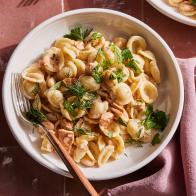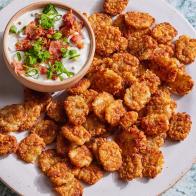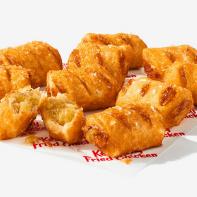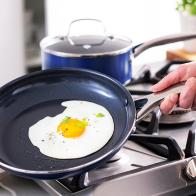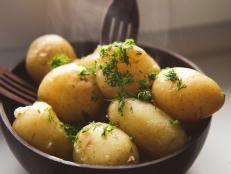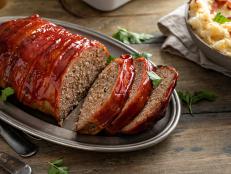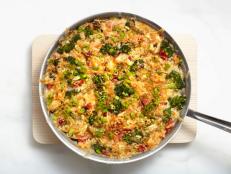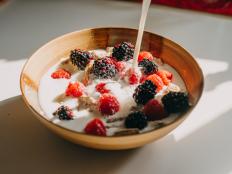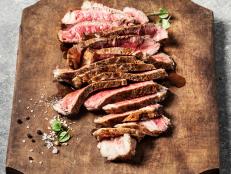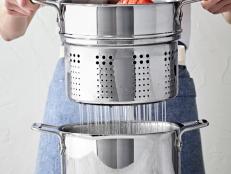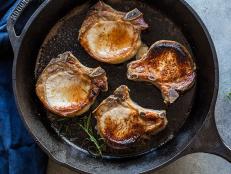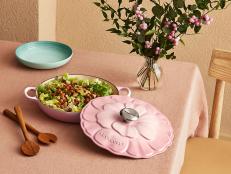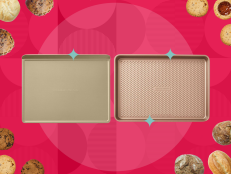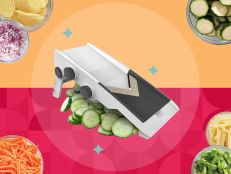These Are the Best Potatoes for Mashing
Choosing the right type of potato is the best way to make excellent mashed potatoes, every time.
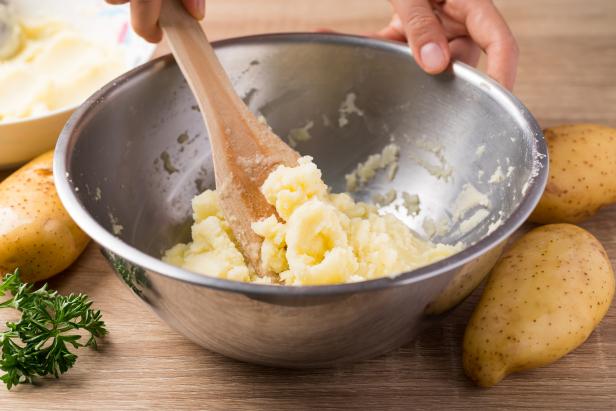
Nungning20/Getty Images
By Lesley Porcelli and Emily Saladino for Food Network Kitchen
Lesley Porcelli is an editor and recipe developer based in Syracuse, New York. Emily Saladino is a culinary editor at Food Network.
Mashed potatoes might seem like a no-brainer to prepare, but there are certain nuances that make some versions fluffy and delicious while others fall flat. The key to excellent mashed potatoes is choosing the right type of potato. There are thousands of varieties of potatoes grown worldwide, but most potatoes sold in U.S. grocery stores and farmers markets fit into one of two categories: starchy vs waxy potatoes. Understanding the characteristics of both will help you pick the best spuds for your mash.
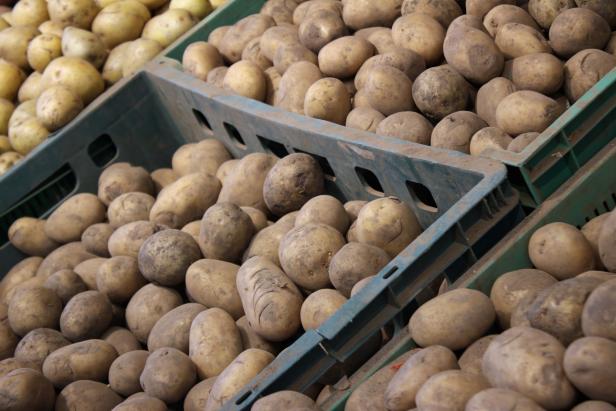
Svetlana Ivanova/Getty Images
Types of Potatoes
According to the International Potato Center, there are thousands of varieties of potatoes grown and sold around the world, including a few hundred of types of potatoes in the U.S. and more than 4,000 native varieties found just in the Andes, where the crop originated.
In the U.S., most commercially sold potatoes fall into two categories: waxy or starchy.
Waxy Potatoes
As their names suggest, waxy potatoes have less starch than starchy potatoes. Common waxy potatoes include red bliss potatoes, new potatoes and fingerling potatoes.
Starchy Potatoes
Starchy potatoes contain more starch than waxy potatoes, but are low in sugar and moisture. Widely available types of starchy potatoes include russet potatoes, Idaho potatoes and Yukon gold potatoes.
The Best Potatoes for Mashed Potatoes
The best potatoes for mashed potatoes are a starchy varieties like russet, Idaho or Yukon gold.
Starchy potatoes are best for mashed potatoes because they have a fluffy, almost airy texture that breaks down easily. Their low moisture content means they won't become soupy when mashed; instead, they absorb additions like butter, cream, milk or even sour cream or olive oil. Russets are among the starchiest varieties, but Yukon golds also work beautifully and have deep, earthy flavors.
Although waxy potatoes hold their shape well when they’re boiled, which makes them perfect for potato salad, they tend to make lumpy mashed potatoes.
For more mashed potato tips, check out our step-by-step guide, How to Make Mashed Potatoes.
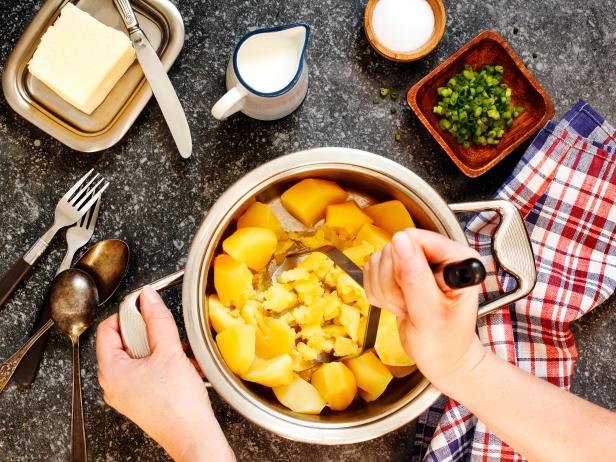
Anjelika Gretskaia/Getty Images
How to Prevent Soupy Mashed Potatoes
Because starchy potatoes absorb liquid so quickly and easily, it's possible for them to retain too much water and create unpleasantly soupy mashed potatoes. Fortunately, there's a quick fix. To prevent soupy mashed potatoes, once you’ve drained the fully cooked potatoes, put them right back in the pot and turn the burner on low for a few minutes to evaporate any excess water. This will dry out some of their natural water content and prime them to absorb as much butter and cream as you can handle.
Mashed Potatoes Recipes
Whether you love the flavor of classic mashed potatoes or like to mix in all sorts of additions, these recipes have you covered.
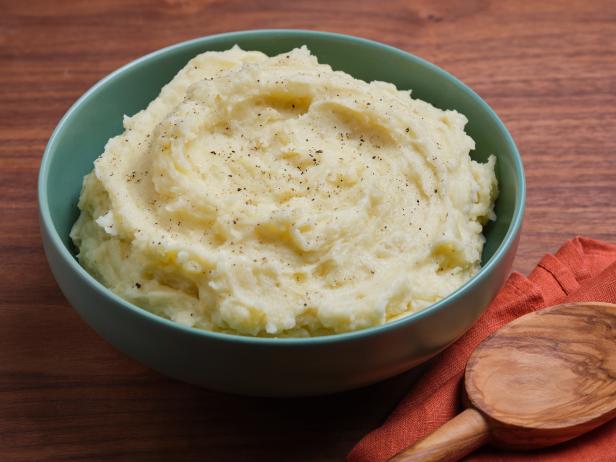
Caitlin Ochs
Our go-to mashed potato recipe, this classic rendition uses just four ingredients and produces creamy, reliably fluffy results that will have everyone reaching for seconds.
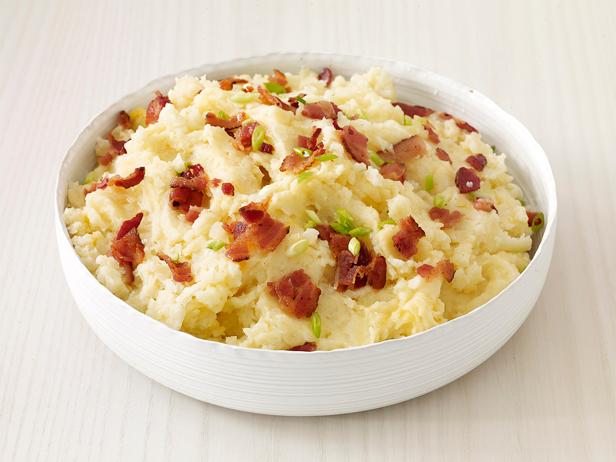
Topped with crumbled bacon, melted cheddar and crisp scallions, this recipe has all the flavors of the classic bar snack potato skins in every fluffy forkful.
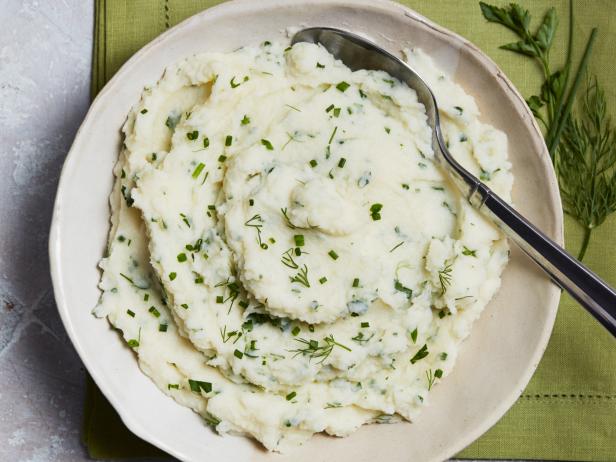
Armando Rafael
Perk up your standard mash by folding fresh herbs like chives, dill and parsley into the mix.
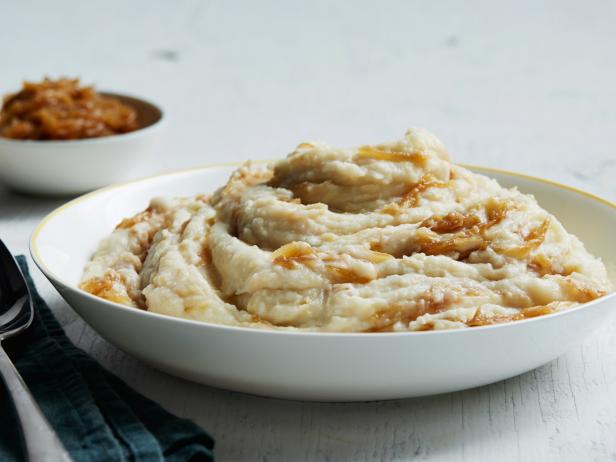
Armando Rafael
Whole heads of garlic are split and roasted until creamy to infuse every bite of these mashed potatoes with their sweet flavor.
Related Links:

